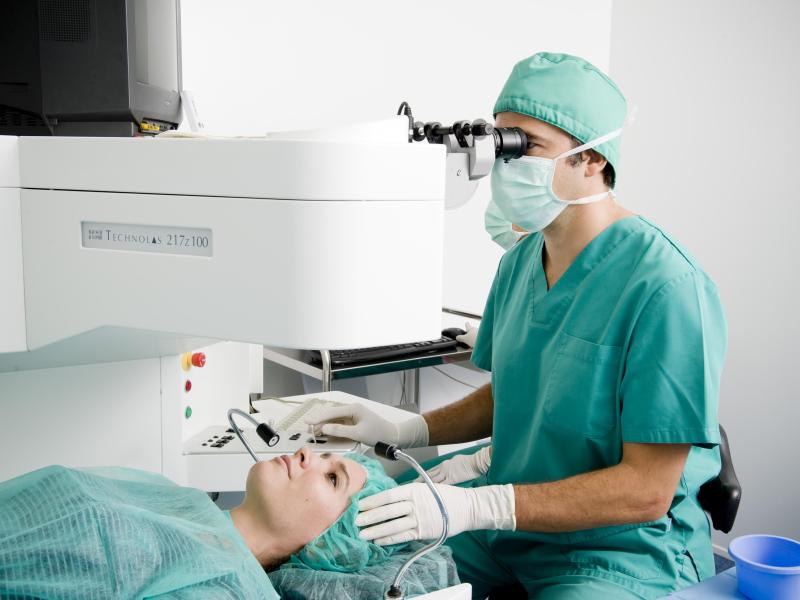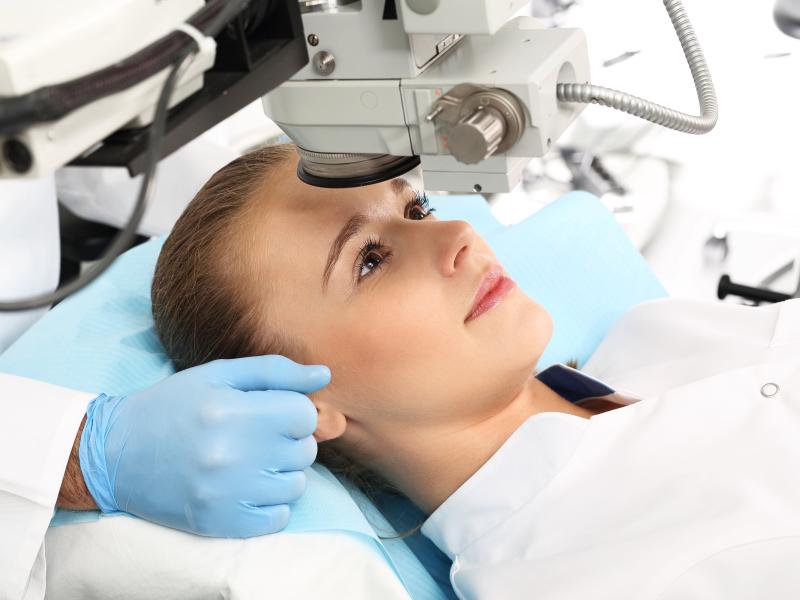What are normal eye values?
Eye pressure usually varies between 12 and 22 mmHg. Indeed, it is considered weak when it is lower than 12 mmHg. This could result from fluid leaking from the eyeball. Also, when you suffer from hypotonia, visual problems can occur. On the other hand, if the value of the ocular pressure is constantly equal to or greater than 22 mmHg, the eye is hypertensive.
Maintaining pressure within this physiological range is necessary to maintain optimal anatomical conditions for refraction, thus allowing correct vision. Keep in mind that in general, from the age of 40, eye pressure tends to increase by about 1 mmHg every ten years.
The causes of high eye pressure
The reasons that can lead to high eye pressure are multiple, note in this regard:
- Excessive production of fluid that fills the space between the iris and the cornea causes ocular hypertension.
- Insufficient fluid drainage
- Certain medications, especially those based on cortisone
- Occurrence of eye trauma, for example, injury to the eye which can alter the balance of fluid drainage
- Eye diseases such as pseudo-exfoliation syndrome
- High-stress conditions
- In case of complicated pregnancies with sudden changes in pressure
- Smoke
- Diseases such as diabetes
The most relevant risk elements may be high blood pressure, the presence of anxiety and stress, a poor diet based on the consumption of too much salt, red meat, alcohol, and sugar, smoking, diabetes, or heart disease.
Although eye pressure varies slightly during the day - for example, most individuals may experience higher values early in the morning and changes following physical activity or the consumption of alcohol or caffeine, or different values depending on whether the person is lying down or standing - a healthy eye must be able to maintain it within balanced values.
What factors determine eye pressure?
Normally healthy people have eye pressure between 10 and 21 mmHg, if there are changes in pressure, the factors that determine it can be various:
- Anatomical problems
- Strong inflammation
- Trauma
- Infections
- Genetic factors
- Medications
In some situations, pressure changes may be transient, such as when coughing, vomiting, or lifting very heavy objects.
The symptoms of hypertension pressure in the eyes
There are usually no symptoms indicating high eye pressure. There is a feeling of red eyes, strong tearing, swelling, or pain. Only the eye test can provide the correct values of eye pressure through a thorough examination of the front of the eye.
In the case of hypotension, or low value, there may be asymptomatic manifestations or in some cases, vision problems may be found. While it is true that the patient visually may not experience any symptoms related to increased eye pressure, after years of high pressure, optic nerve compromise may begin to create problems concrete: in particular, the patient could experience the sensation of having a kind of fog in front of the eyes and an increasing difficulty in concentrating.
What are the consequences?
Arterial hypertension is a risk factor for the development of angle glaucoma, a disease that does not cause pain or particular symptoms but causes alterations in the optic nerve and the cells present in the retina. If this condition is not treated properly, it can cause irreversible damage to the optic nerve.
Eye pressure may have slight variations from season to season or from day to night. Specifically, in the morning, the values are higher for most people and tend to decrease during the day. Factors that can influence the value of eye pressure include, for example, degree of corneal thickness, heart and respiratory rate, consumption of beverages with high caffeine content, and frequency of physical exertion (especially lifting heavy objects).






